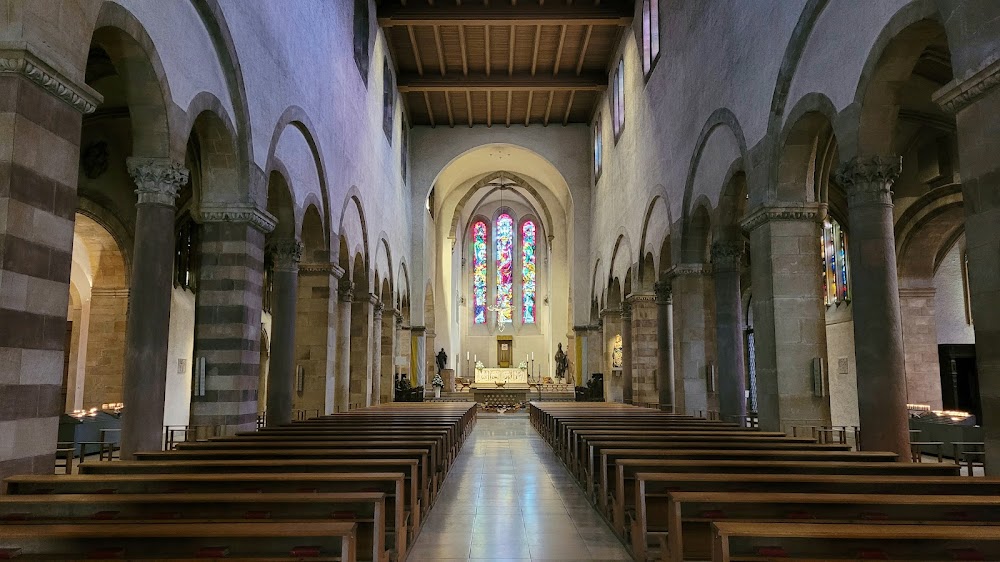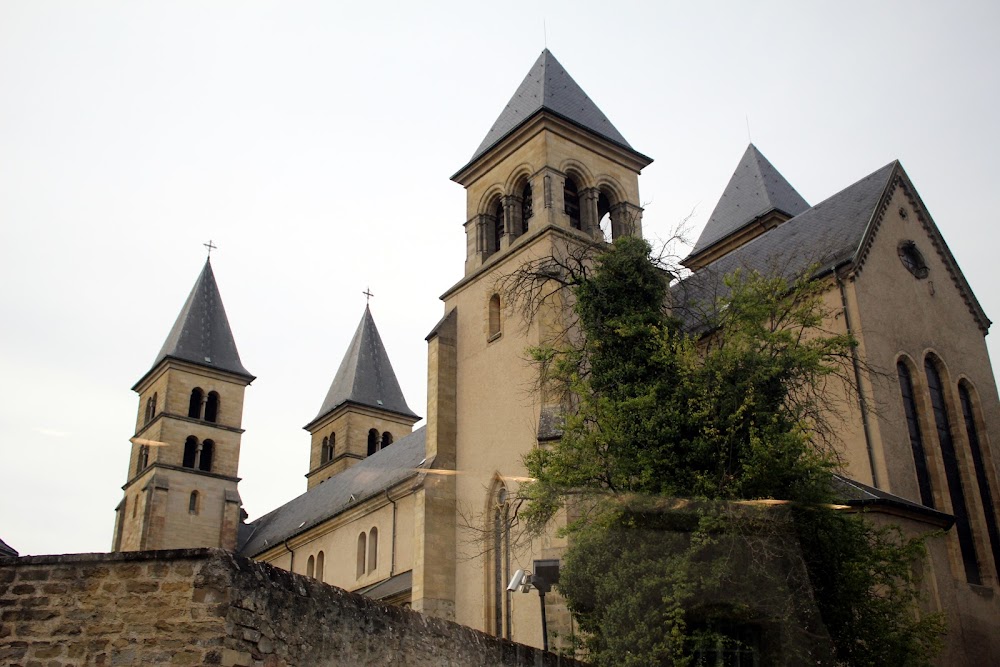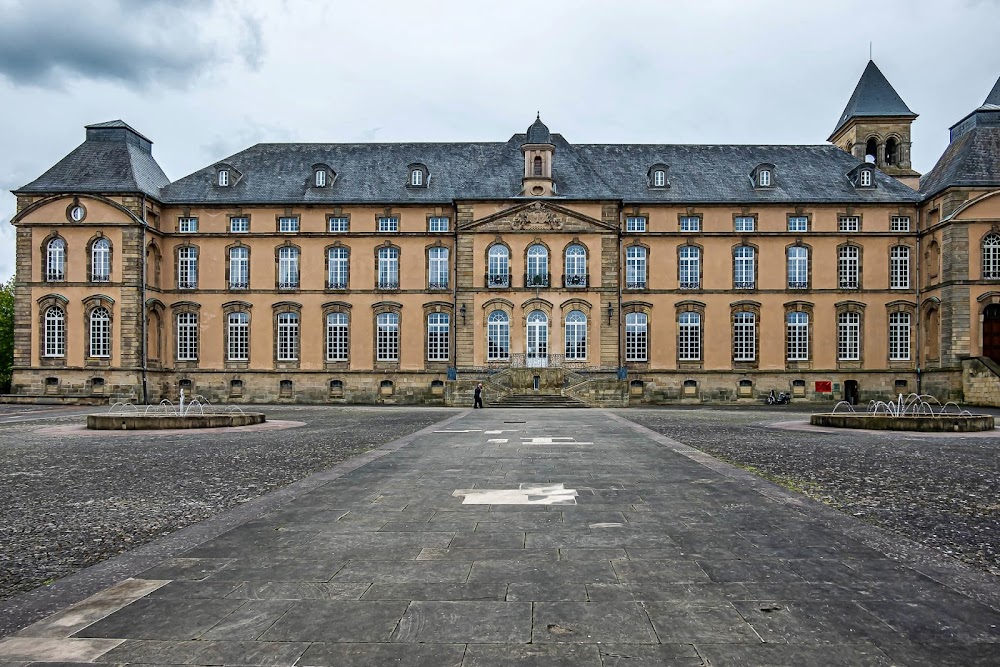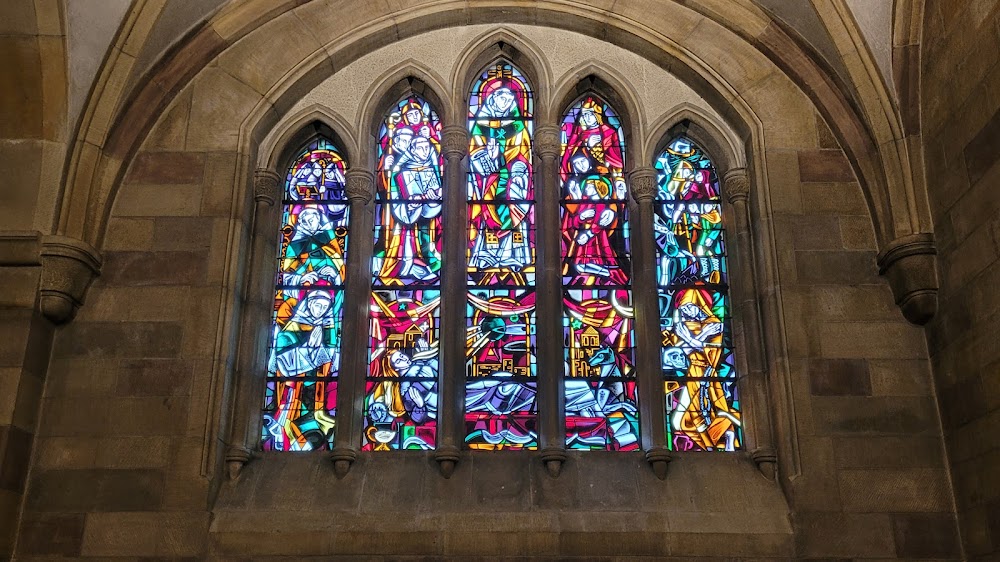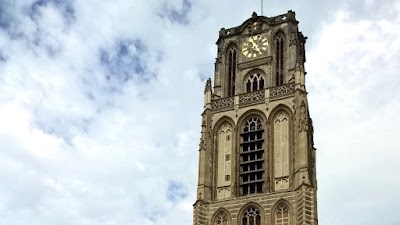Abbey of Echternach (Abtei Echternach)
Overview
The Abbey of Echternach is a historic monastery nestled in the charming city of Echternach, located within the canton of Diekirch in Luxembourg. With a captivating history that dates back to the early medieval period, this abbey is a must-visit for anyone interested in religious heritage and architecture.
Founded by St. Willibrord, an Anglo-Saxon missionary from Northumbria, in the year 698, the abbey's origins are steeped in the spread of Christianity. Willibrord was granted land by the Merovingian king, Dagobert II, to establish the abbey along the picturesque banks of the River Sûre. With the backing of the Frankish noblewoman Irmina of Oeren and other noble patrons, he laid the foundations for what would become a center of religious life.
Originally built in the Romanesque architectural style, the abbey featured a church, cloister, and several ancillary buildings. It quickly evolved into a hub of missionary work and learning, attracting monks from across Europe. The abbey grew in prominence, becoming a vibrant nucleus of religious, cultural, and intellectual activity in the region.
During the 9th century, the abbey's scriptorium gained acclaim for its beautifully illuminated manuscripts, many of which are now regarded as masterpieces of medieval art. The abbey's library emerged as one of the most significant repositories of classical and Christian texts in Europe, further solidifying its status as a center of knowledge.
Over the centuries, the abbey underwent numerous expansions and renovations. In the 11th century, the original church was replaced by a larger basilica, reflecting the growing importance and wealth of the monastic community. This new structure embodied the Romanesque style, characterized by its heavy construction and rounded arches.
Despite facing destruction during the Norman invasions in the late 9th century, the abbey was resilient. Thanks to strong patronage and the determination of its monastic community, it was rebuilt and thrived once more, continuing its role as a vital religious and cultural center throughout the medieval period.
In the 15th century, the abbey transitioned to the Gothic architectural style, marked by taller buildings, pointed arches, and large stained-glass windows. The abbey was continually embellished with new additions, ensuring its status as a marvel of medieval architecture.
The peaceful life of the abbey was disrupted during the French Revolutionary Wars at the end of the 18th century, leading to its secularization and the disbanding of its monastic community. Many of its buildings fell into disrepair or were repurposed during this tumultuous time.
In the 19th century, efforts to restore the abbey began, recognizing its historical and cultural significance. The basilica was rebuilt, combining elements of Romanesque and new Neo-Romanesque styles, while the monastic buildings were gradually rehabilitated. Today, the basilica stands as a testament to the abbey's enduring legacy.
One of the abbey's most cherished traditions is the annual Dancing Procession of Echternach, held on Whit Tuesday. This unique and ancient pilgrimage celebrates St. Willibrord, with participants dancing through the streets. It has been recognized as a UNESCO Intangible Cultural Heritage of Humanity.
With millions of tourists and pilgrims visiting the Abbey of Echternach each year, it continues to captivate those drawn by its rich history, stunning architecture, and spiritual legacy. The abbey remains a focal point for cultural and religious events, seamlessly bridging the past with the present in the picturesque setting of Diekirch, Luxembourg.


